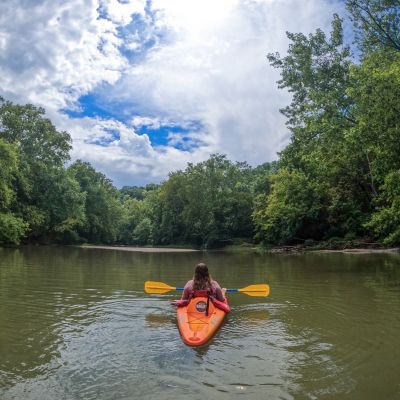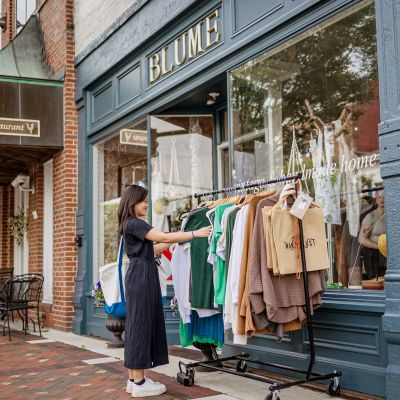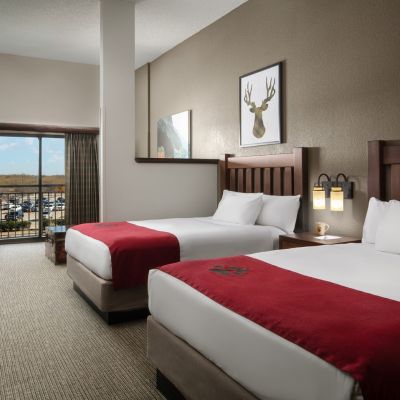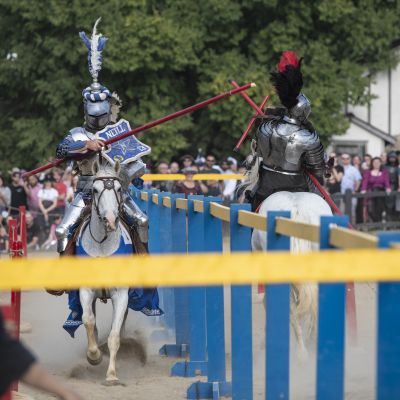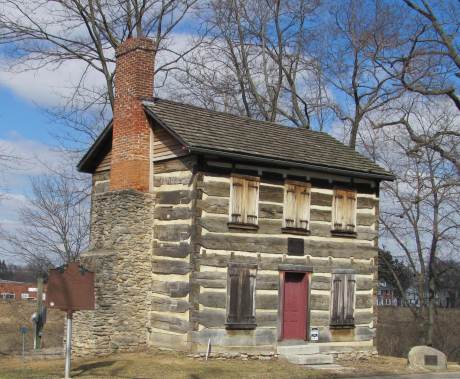A History of Franklin - The City of Murals
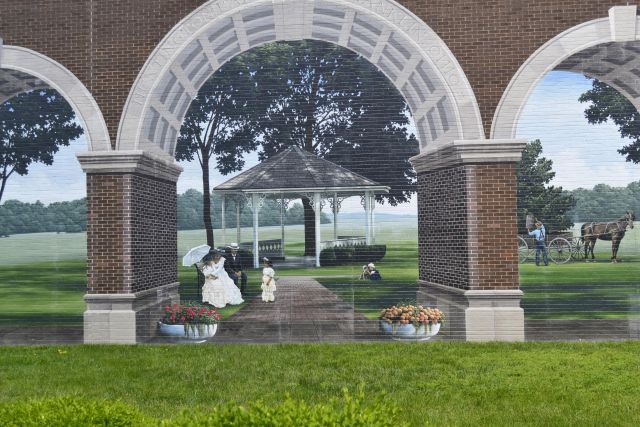
Blog by Mary Fessler
The Past
The City of Franklin, located on the Great Miami River, was founded in 1796 by General William Schenck. Named for Benjamin Franklin, the community was incorporated as a village in 1814.
Franklin was a center of commerce due to its proximity to the river and later train transportation. The river enabled a variety of mills including those producing lumber, flour, and paper. Merchants, however, needed a more reliable means of transferring products to the market, as flat boats traveled only downstream, forcing those transporting goods to travel back by foot after delivering their products. To combat that issue, a 67-mile stretch of the Miami Canal, stretching from Dayton to Cincinnati, was completed in 1828.
Sadly, the 1913 flood devastated much of Franklin. As with much of this part of Ohio, Franklin re-built itself over time, gaining city status in 1951. The arrival of Interstate 75 in the 1960s encouraged renewed industrial development.
Preserving History
The Franklin Area Historical Society was founded in 1964. The Harding Museum was built as a private residence in 1901 in the Colonia Revival style by Lilly and Clarence Harding. After Mr. Harding’s death, his widow continued to live at the home with their 2 sons – both of whom later attended West Point. Justin Harding became an Army Colonel, lawyer, and judge at one of the Nuremburg Trials. In 1970, the Harding family donated the house to the Franklin Area Historical Society. The Harding Museum opened to the public in 1972, housing village council and township records, business and organization files, family Bibles, and an extensive collection of military memorabilia, including Justin Harding’s jurist notes from the Nuremburg Trials.
In 1974 the Society relocated and restored Franklin’s first post office. The log cabin, which long served as the Postmaster’s trading post, is included in the National Register of Historic Places. It is also open to the public on select dates.
The Mackinaw Historic District affords visitors the opportunity to stroll or drive by a collection of residences on the National Register. While the district’s predominant architectural style is Queen Anne, examples of Italiante and Second Empire, Colonial, Georgian, Spanish Revival, Cape Cod and more are also present.
Franklin Today
Regionally, Franklin is known as the “city of murals”. Murals seen throughout the town today were painted by resident Eric Henn. Mr. Henn has also painted murals for Northern Kentucky’s Newport Aquarium and the Indianapolis 500. Among Franklin’s most popular works are the Transportation and Bicentennial murals on 6thand Main Streets, Trompe L’Oeil Mural at 4th and Main, and Veteran’s Memorial on South Main Street.
Another of Mr. Henn’s murals can be found at JD Legends, a popular destination for bowling, volleyball, and live music concerts featuring local, regional, and national acts.
The Great Miami Bike trail is located along the banks of the Great Miami River and passes by some of Franklin’s historic attractions. Visitors can also enjoy boating, kayaking, and fishing on the river. So as in the past, today the river remains a vital part of this Southwest Ohio city.
Sources: Historic Warren County, An Illustrated History – Cynthia L. Pauwels Franklin in the Great Miami Valley – Mabel Eldridge and others The History of Franklin in the Great Miami Valley (2nd Edition) – Harriet E. Foley

